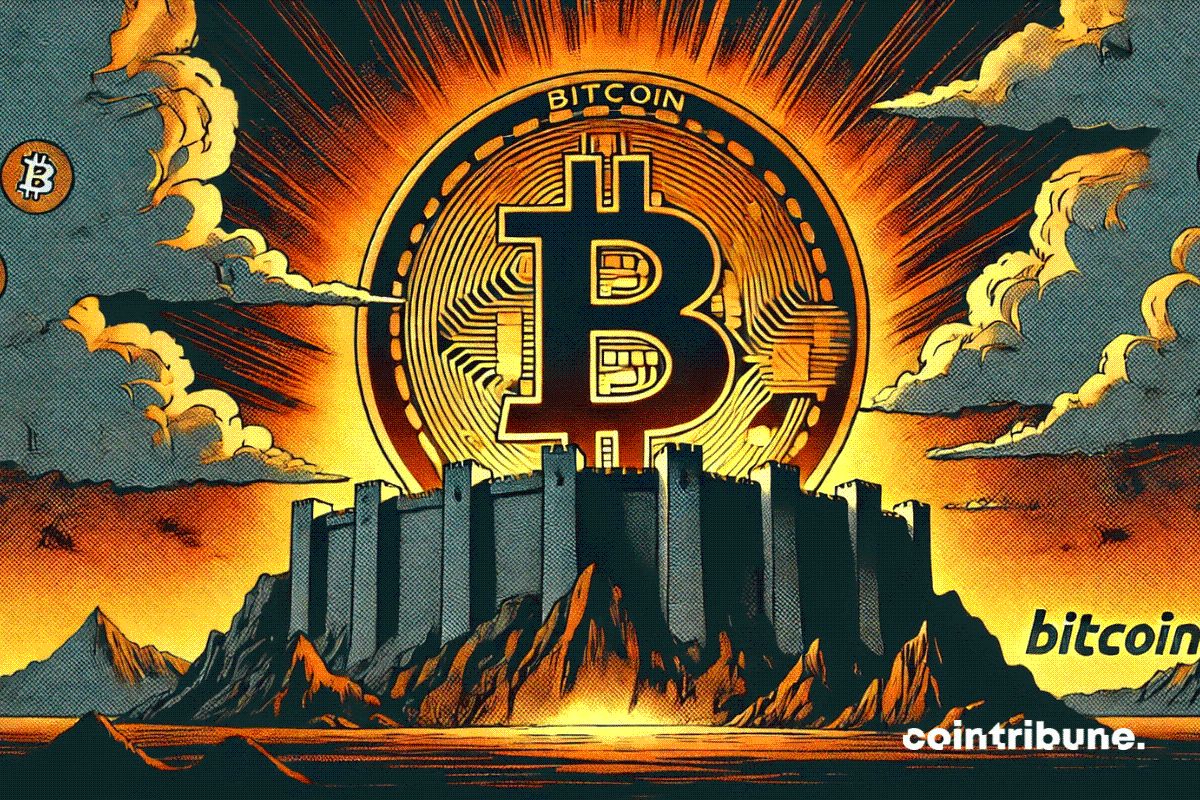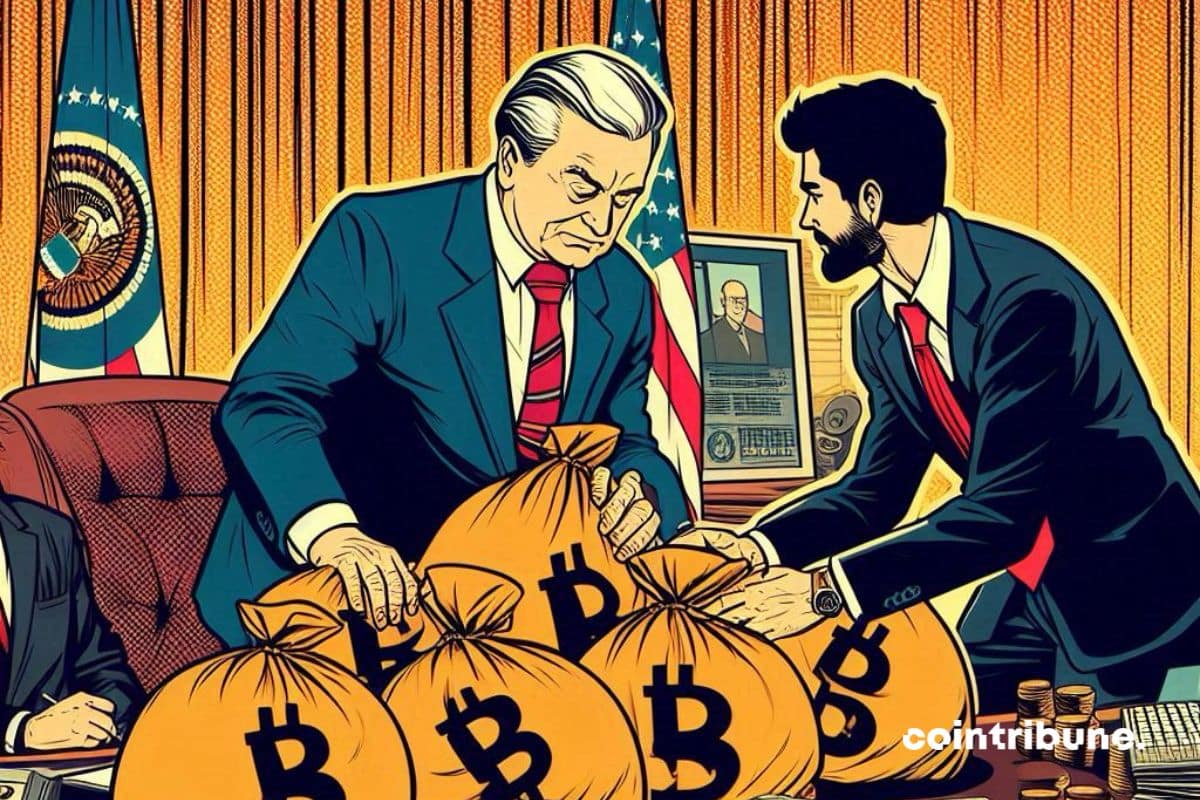Bitcoin price flirts with $43K, but derivatives data points to traders' low confidence
Bitcoin ( BTC ) encountered difficulties as its price struggled to hold the $43,000 support on Feb. 5. The setback came after U.S. Federal Reserve (Fed) Chair Powell pushed back on market expectations for interest rate cuts in the next few months. The ensuing lack of interest from leverage longs in BTC derivatives markets fueled speculation of a potential decline to $40,000.
Bitcoin price drops as U.S. interest rates remain high
In a Feb. 4, 60 Minutes interview , Federal Reserve chair Jerome Powell clarified that the central bank committee needs more assurance about the inflation rate nearing the 2% target before taking action. While Powell expressed positive emotions about the economy, stating it's “in a good place”, he mentioned the possibility of "three quarter-point rate cuts this year" based on official projections, depending on job market behavior. However, this contradicted investors’ expectations of interest rate cuts starting in March.
Adding to Bitcoin's price pressure was an essay from Minneapolis Fed President Neel Kashkari on Feb. 5, suggesting the monetary authority might take time before reducing interest rates. Kashkari argued that "the current stance of monetary policy may not be as tight" as believed, citing ongoing economic growth and low unemployment.
Concerns among fixed-income investors arose from the Feb. 3 labor market data, challenging the Fed's inflation-curbing efforts. Nonfarm payrolls for January exceeded estimates at 250,000, with average hourly earnings rising by 0.6%, the most significant increase since March 2022. Consequently, the 2-year U.S. Treasury yield hit 4.48%, its highest level since Dec. 13, 2023, signaling diminished confidence in potential interest rate cuts.
Despite potential long-term benefits tied to Bitcoin's scarcity and its ability to navigate sanctions, traders acknowledged that short-term risk factors, highlighted by crypto enthusiast @blockgraze on the X social network, could be limiting BTC's upside.
so the short term bitcoin risks now are:
— blockgraze (@blockgraze) February 4, 2024
>Gox coins can theoretically hit the market whenever
>Genesis will be selling just over a billion GBTC once approved by the court
>stocks stumble and crypto follows
>ETF flows go to zero
we’ve been in worse spots
These risk factors include Mt. Gox exchange’s estate, bankrupted after a 2014 hack, which is set to distribute 142,000 Bitcoin to creditors . Additional negative pressure on Bitcoin price comes from the struggles of failed crypto lender Genesis, controlled by Digital Currency Group (DCG), seeking U.S. court approval to liquidate $1.38 billion in shares in the Grayscale Bitcoin Trust (GBTC).
Beyond the macroeconomic impact of the Fed's decision to keep interest rates above 5.25%, potential risks to investor perception arise from Bitcoin's spot exchange-traded fund (ETF) flows. As @blockgraze suggests, some in the market believe that Bitcoin's price has been sustained primarily by inflows from BlackRock's iShares Bitcoin Trust (IBIT) and Fidelity's Wise Origin Bitcoin (FBTC). In contrast, GBTC experienced the second-highest outflows in January among all ETFs covered by Morningstar—a net sale of $5.7 billion.
Bitcoin derivatives display a neutral demand for leverage longs
Bitcoin monthly futures typically trade at a slight premium to spot markets, indicating that sellers are asking for more money to delay settlement. As a result, BTC futures contracts should trade at a 5 to 10% annualized premium in healthy markets — a situation known as contango, which is not unique to crypto markets.
Over the past three weeks, Bitcoin traders have approached the market with a degree of caution, with the indicator staying below the 10% neutral threshold. Notably, Bitcoin's futures showed resilience, not reacting adversely to the retest of the $39,000 support on Jan. 23.
Related: ProShares embraces spot Bitcoin ETF impact on BITO futures
To determine whether Bitcoin traders are becoming less optimistic about its price, analysts should also examine the balance between call (buy) and put (sell) options. Growing demand for put options typically indicates traders focusing on neutral-to-bearish price strategies.
Analysis of Bitcoin options data on Deribit from Feb. 2 to Feb. 4 indicates a growing demand for puts compared to calls. However, since Jan. 24, the ratio consistently favored call (buy) options. Therefore, it would be inaccurate to conclude that BTC investors are turning bearish.
In essence, Bitcoin derivatives data suggest a reluctance to take bullish positions, though none of the identified risks seem to negate the potential benefits in the event of a resurgence in inflation–therefore there’s no indication of Bitcoin’s price weakening to $40,000.
This article does not contain investment advice or recommendations. Every investment and trading move involves risk, and readers should conduct their own research when making a decision.
Disclaimer: The content of this article solely reflects the author's opinion and does not represent the platform in any capacity. This article is not intended to serve as a reference for making investment decisions.
You may also like
Michael Saylor’s Take on Bitcoin as a Strategic Reserve

World Liberty Financial Bets Big on Crypto with $25M Investment Ahead of Trump Summit

Franklin Templeton says Solana’s DeFi rise presents a threat to Ethereum
Share link:In this post: A Franklin Templeton report suggested that Solana threatened Ethereum due to its growing influence. Solana’s DEX volumes surpassed the Ethereum ecosystem in January, highlighting a potential market shift. According to the report, the shift to activity to the layer two blockchain shows the Ethereum scaling approach was working.

Research Report | In-Depth Analysis of the RedStone & RED Token Market Value

